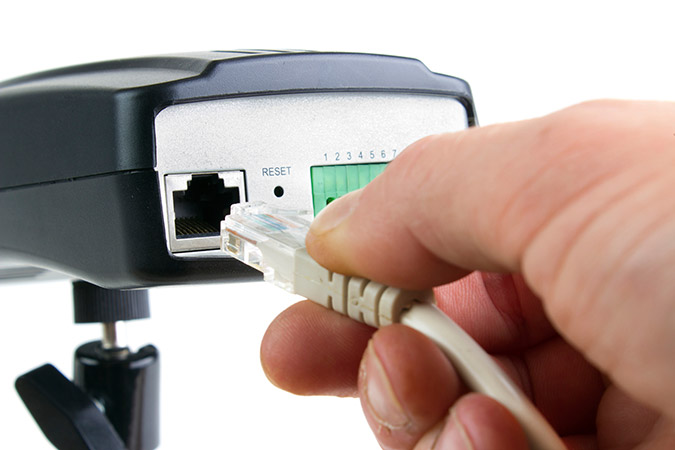IP Cameras, Part 2: Time for a Second Look
Filed under: IP Cameras

As I covered in Part 1 of this two-part blog post, there are several pretty common and valid reasons why an organization (or systems integrator to a lesser extent) might still be cautious about jumping on the IP surveillance camera bandwagon.As with most things in life, it usually comes down to the reality of implementing a newer technology versus the hype that typically surrounds it.
And although some organizations will be perfectly happy sticking with analog surveillance cameras for years to come, today’s reality really is that there are many reasons why you should consider making the ‘leap’ to the high-definition (HD) video resolution IP cameras provide – or at least start planning for it.
1. IP Video is the Future
Most video surveillance manufacturers are investing much less in analog camera technology and putting more R&D resources on IP camera development and innovation instead. While it won’t happen overnight, it’s inevitable that analog camera technology will no longer be a viable option. As the availability of new analog cameras decreases and analog technology development fades, it is important to have a plan in place to make the transition.
2. High Definition Video
While standard definition IP cameras are available, one of the greatest benefits of an IP camera is the clarity of the HD video it can deliver. Nowadays, everything is HD and video quality expectations in general have increased significantly. When the equipment you are using to view video is no longer standard definition, you should probably start thinking about upgrading the quality of the video going into those systems. On top of that, you can get so much more out of an HD video recording – from the size of the scene (depending on lens configuration) to the ability to identify a person, the exact denomination of a bill, or other specifics of an event.
3. IP Cameras are Getting Smarter
Traditionally, the key benefits of IP camera were considered to be the re-use of existing network technologies, the ability to easily distribute video over wide areas and, in the last five years, the growing availability of HD video. Today, there are many additional benefits to be gained with the introduction of smarter IP cameras that have the ability to record internally and provide several functions that would normally require a centralized system.
For example, many video surveillance systems today provide a function that enables IP cameras to record internally as a backup when there is a cable disconnection or a central recording system (NVR or VMS) goes offline. With this type of feature, you can pretty much guarantee you will never lose video, while if a traditional DVR goes offline, it will usually take 4-16 cameras with it.
There are also IP cameras that can perform internal analytics and, while this is a technology that is still in its infancy, a lot of manufacturers are investing in analytics solutions that provide tangible benefits to organizations. Imagine an IP camera that can provide a fairly accurate estimate of the number of people that are in a building, for example. That kind of a solution exists today, with several valuable applications. Detecting a criminal in a crowd with facial recognition is still more CSI than reality today, but it is important not to dismiss real facial detection analytics that do exist and have real-world applications because of false hype.
The beauty of smart IP camera technology is that we’re only at the beginning. Over time, the IP camera will become just as a capable as today’s VMS system, with the ability to operate independently and manage itself as part of the greater system.
4. Prices are Getting Lower
As IP camera uptake has increased, the price gap between IP and analog has closed considerably. As a result, we’re seeing more and more organizations making the move to IP-based surveillance solutions that are within their budgets. Given that the volume of IP camera sales will certainly continue to increase, pricing will become even more attractive.
There’s never been a better time to start the transition to IP camera surveillance, and you shouldn’t need to take a ‘leap’ at all to do that. The key to a successful transition is to start by selecting the right solution for your organization, and then start upgrading within a timeframe and budget that makes sense to you.
Figuring out what exactly IS the right solution is an important topic on its own. We’d love to hear what you learned upgrading your organization – or customer – to IP cameras. Share your thoughts here.